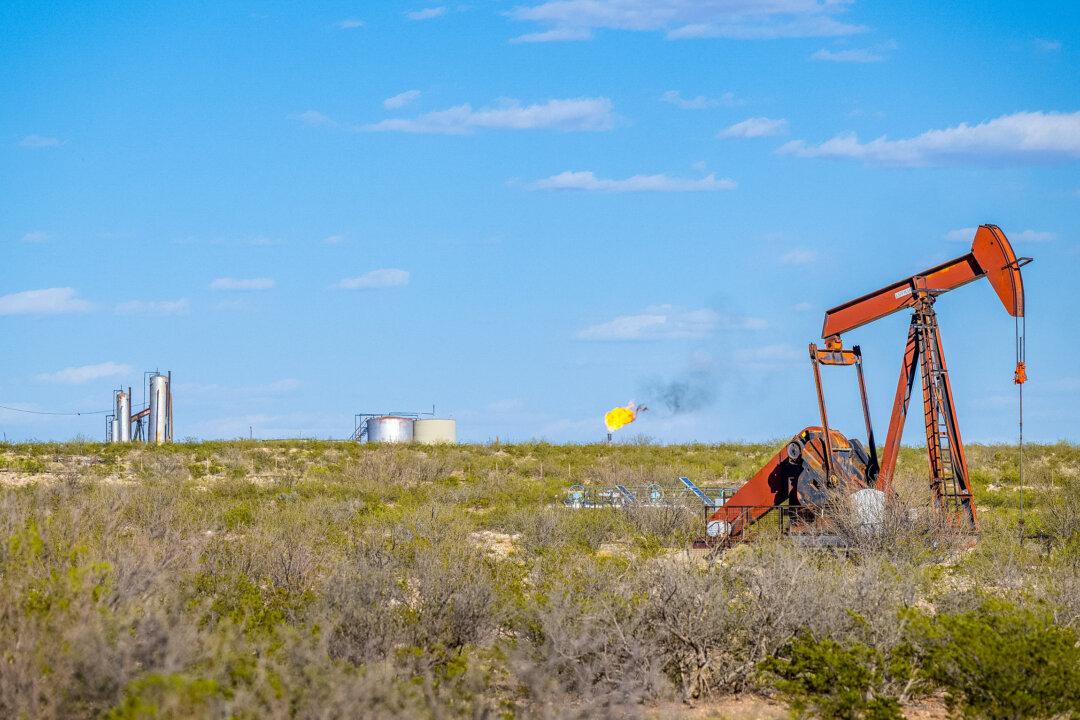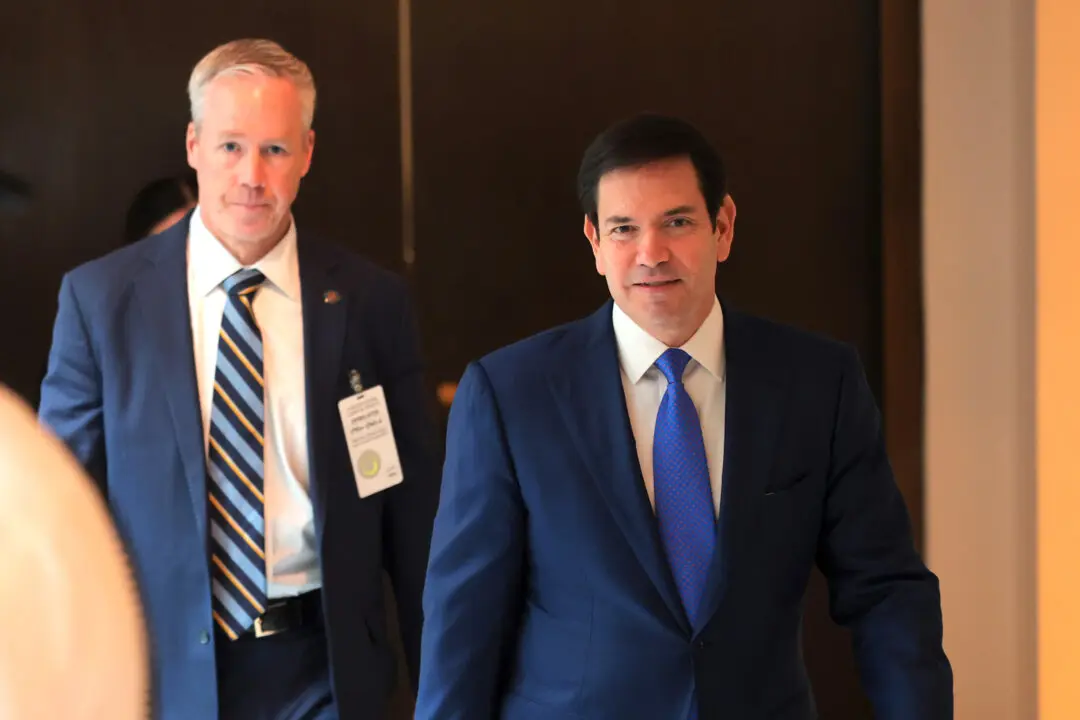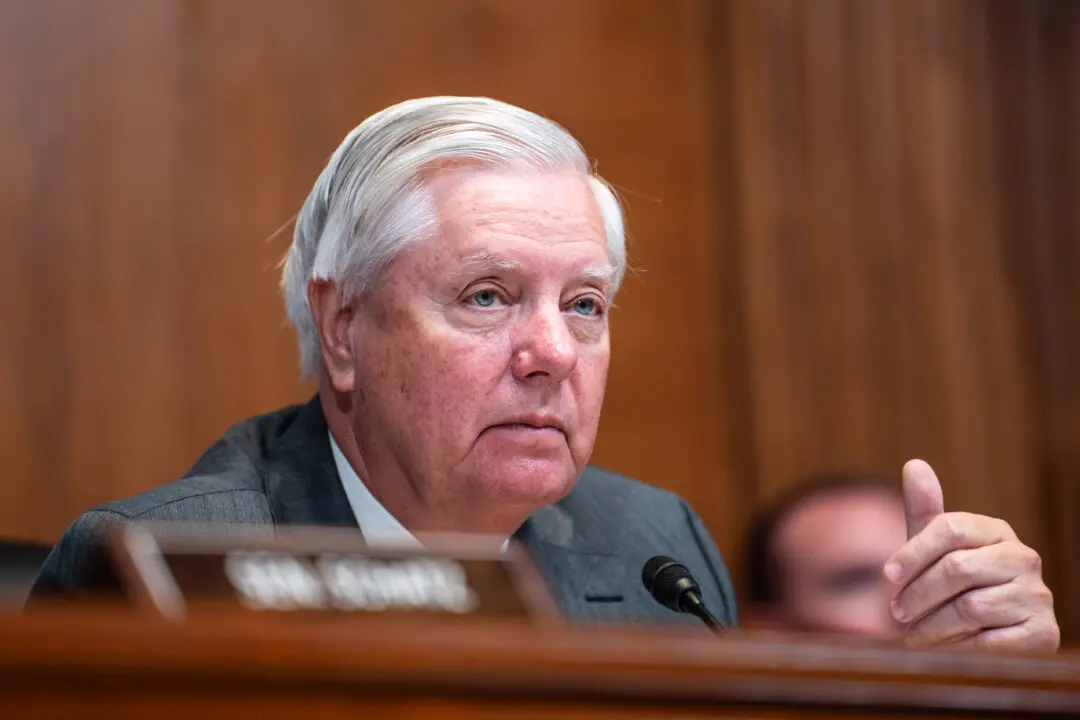President Joe Biden’s administration advanced efforts on April 12 that would raise the costs of drilling for oil and gas on public lands.
The Department of the Interior and its Bureau of Land Management (BLM) announced a revised fee schedule on April 12 for its onshore federal oil and gas leasing program. The department stated that this updated fee schedule includes royalty rates, rental rates, and minimum bids to lease public land for drilling projects.





